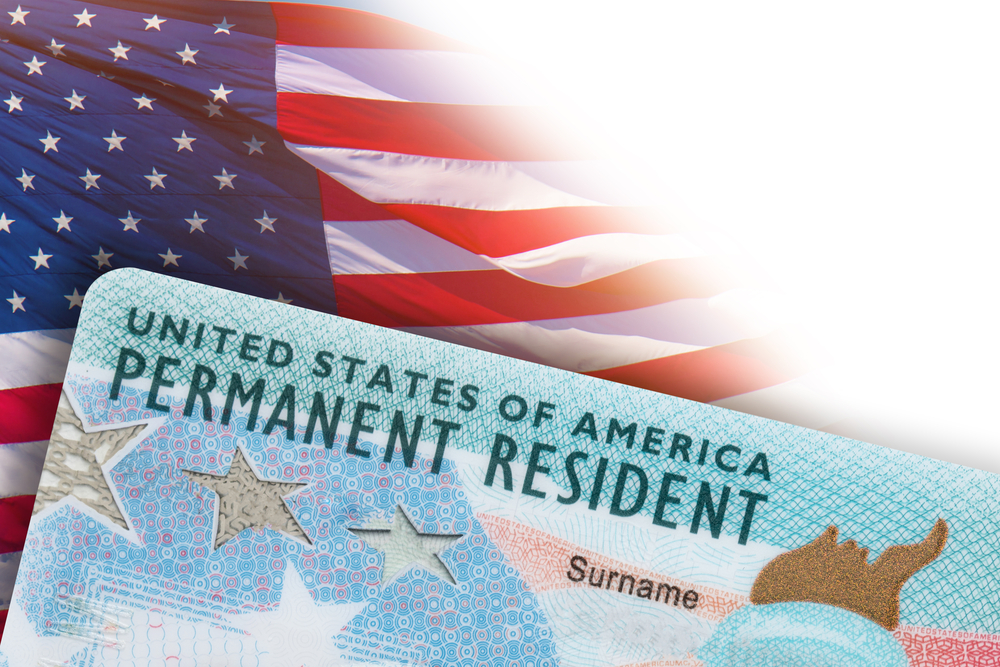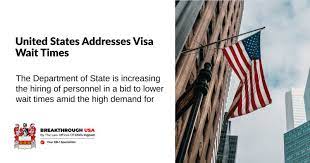
The Path to U.S. Permanent Residency
The Path to U.S. Permanent Residency: Understanding Different Green Card Categories Family-Based Green Cards One of the most common avenues to U.S. permanent residency is through family relationships. U.S. citizens and lawful permanent residents can sponsor certain family members for a green card . This includes immediate relatives like spouses, unmarried children under the age of 21, and parents of U.S. citizens who are over 21 years old, all of whom have priority status and are not subject to annual limits on green cards. Other eligible relatives such as siblings and married children fall under family preference categories, which are subject to numerical limitations and often have longer waiting periods due to high demand. Employment-Based Green Cards For those with valuable skills or professional qualifications, employment-based categories offer another route to permanent residency. These categories range from priority workers, including individuals with extraordinary abilities in arts, science, education, business, or athletics; professionals holding advanced degrees; skilled workers; to special immigrants like religious workers or employees of international organizations. Each category has its own criteria and quota limitations which influence processing times significantly. Diversity Visa Lottery The Diversity Immigrant Visa

How to Apply for a Green Card: A Step-by-Step Guide
Understanding Green Card Eligibility Before applying for a Green Card, also known as a Permanent Resident Card, it is essential to determine if you are eligible. Various categories can qualify you for a Green Card such as family relationships, employment opportunities, refugee or asylum status, and more. The U.S. Citizenship and Immigration Services (USCIS) provides a detailed list of eligibility categories on their website that can help you identify which pathway might be applicable to your situation. Gathering Necessary Documentation Once you confirm your eligibility category, the next step involves gathering the appropriate documents needed for your application. This typically includes proof of nationality, copies of passport pages, birth certificates, financial records, and depending on your specific category, evidence of relationship or employment offers in the United States. Ensuring accuracy and completeness in this step is crucial as missing or incorrect information can lead to delays or denials. Filing Your Application The primary form required for a Green Card application is Form I-485, Application to Register Permanent Residence or Adjust Status. If you’re outside the U.S., you’ll go through consular processing at a U.S. embassy or consulate in your country.

What is the Difference Between a Visa and a Green Card?
Basic Definitions A visa is an endorsement on a passport indicating that the holder is allowed to enter, leave, or stay for a specified period of time in a country. It does not confer immigration status but serves as a temporary authorization to be present within foreign borders. Conversely, a Green Card, officially known as a United States Permanent Resident Card, grants an individual authorization to live and work permanently in the United States. Types and Purposes Visas can come in various forms such as tourist, student, or work visas, each designed for specific purposes and durations of stay. These are generally non-immigrant visas meaning they are temporary and do not lead directly to permanent residency. On the other hand, a Green Card is specifically aimed at those seeking to become permanent residents based on family ties, employment status, refugee or asylum status among other eligible categories. Application Process The process of obtaining either document differs significantly. For most visas, applicants must prove they have ties to their home country and will return after their visit. This often involves interviews and substantial documentation related to financial stability and reasons for

What is the Process for Obtaining a Green Card in the United States?
Eligibility Criteria The first step in obtaining a green card , formally known as a Permanent Resident Card, involves determining if you fall under one of the categories permitted to apply. These categories include family relationships, employment opportunities, refugee or asylum status, and other special provisions. Each category has specific criteria that must be met. For example, family-based applications require proving a genuine relationship with a relative who is either a U.S. citizen or a current green card holder. Application Process Once eligibility is confirmed, applicants must complete and submit Form I-485 (Application to Register Permanent Residence or Adjust Status) if they are already in the United States. Those outside the U.S. must undergo consular processing in their home country. This stage involves gathering necessary documents such as birth certificates, proof of nationality, and any immigration records. Additionally, an applicant might need to file supplementary forms depending on their individual circumstances. Biometrics and Interview After submission of the application, the next step is biometrics collection where fingerprints, photos, and signatures are taken for security purposes. Subsequently, applicants are usually required to attend an interview at a USCIS office or U.S

What is a Green Card and Who is Eligible to Apply?
Understanding the Green Card A Green Card, formally known as a United States Permanent Residen t Card, allows non-U.S. citizens to live and work legally in the United States on a permanent basis. The card itself is proof of this status and includes personal information such as name, photo, and fingerprint. Eligibility Categories There are several categories under which an individual can apply for a Green Card. These include through family relationships, employment opportunities, refugee or asylum status, and other special provisions like the Diversity Immigrant Visa Program (commonly known as the Green Card Lottery). Family-Based Applications One of the most common ways to obtain a Green Card is through family ties. U.S. citizens and current Green Card holders can sponsor certain family members, including spouses, children, parents, and siblings. The specific eligibility requirements depend on the relationship between the applicant and the sponsor. Employment-Based Applications Another pathway is through employment. This category includes priority workers with extraordinary abilities in sciences, arts, education, business or athletics; professionals holding advanced degrees; skilled workers; as well as certain special immigrants like religious workers or international broadcasters.